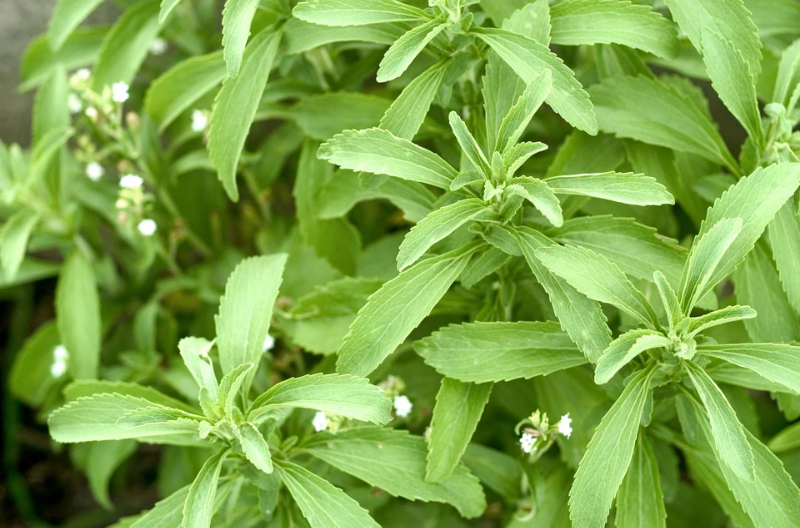
Despite being readily accessible across the globe, stevia was banned in the United States in 1991 owing to early research that claimed the sweetener might cause cancer. After follow-up research disproved the initial study, the Food and Drug Administration (FDA) approved the importation and sale of stevia as a food supplement (but not as a sweetener) in 1995.
Stevia, a plant-derived sweetener formerly restricted to the health-food industry as an unapproved herb, has become widely accessible and quickly replaced sweeteners in consumer items. According to the agricultural financing giant, stevia revenues are expected to exceed $700 million in the next several years. Moreover, stevia is thirty times sweeter than sugar, has no impact on blood sugar, and has a mild aftertaste.
What Is Stevia?
Stevia is a sweetener derived from the stevia plant’s leaves. It is said to be 100 to 300 times sweeter than table sugar, yet it’s free of carbs, calories, and chemical additives.
The flavor is not to everyone’s liking. Some people think stevia tastes like menthol, whereas others think it does not taste very pleasant. Try it in your morning coffee or sprinkle it over your oatmeal to see if you like it.
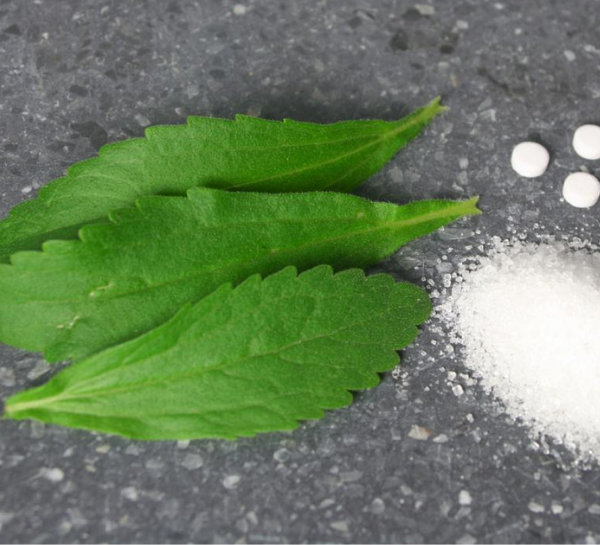
Stevia, commonly known as Stevia rebaudiana, is just a plant that belongs to the Asteraceae family’s chrysanthemum family (ragweed family). The stevia you buy at the supermarket and you can grow at home are vastly different.
Why Is Stevia Bad For You?
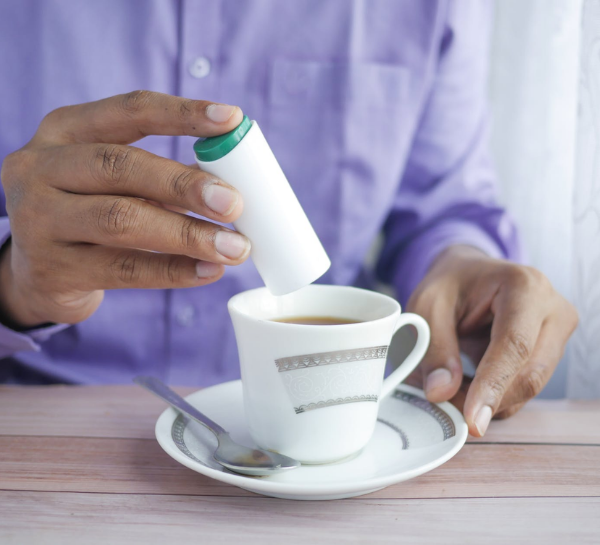
Stevia glycosides are generally regarded as safe according to FDA Trusted Source. However, due to a lack of safety data, those have just not authorized whole-leaf stevia for use in foods and beverages. Moreover, although stevia is generally considered safe for people with diabetes, brands that contain dextrose or maltodextrin must be avoided.
Is Stevia Still Banned In The US?
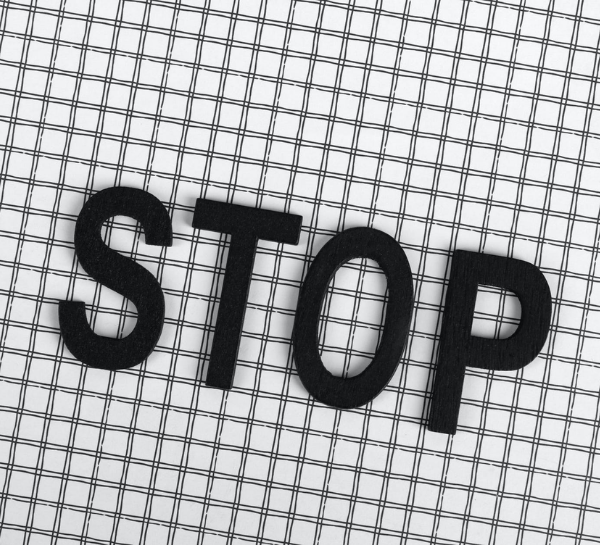
The use of stevia as a food addition or dietary supplement is regulated differently in different countries. Since 2008, rising stevia glycoside extracts have already been generally recognized as safe (GRAS) and are authorized in food items in the United States. However, stevia leaf and crude extract do not even have GRAS or FDA clearance for use in food.
The FDA approved only the purified form of stevia, called stevioside, as safe to use. If you see whole stevia leaves or crude stevia extracts at your local natural foods store, don’t buy them.
– WebMD
Why Does The FDA Ban Stevia?
According to the FDA, there is insufficient toxicological evidence for whole stevia leaves and crude stevia leaf extracts to be authorized as additives. Hence, unfortunately, the FDA does not regulate the use of stevia leaves and crude stevia leaf extracts in nutritional supplements.
Steviol glycosides are natural constituents of the leaves of Stevia rebaudiana (Bertoni) Bertoni, a plant native to parts of South America and commonly known as stevia. They are non-nutritive sweeteners and are reported to be 200 to 400 times sweeter than table sugar.
– Additional Information about High-Intensity Sweeteners Permitted for Use in Food in the United States
Is Stevia Terrible For Your Kidneys?
In the isolated chemical form, newer sweeteners like stevia have been certified as generally safe. The FDA has not authorized stevia leaves or crude stevia extract as food additives. These sweeteners don’t boost blood sugar levels, but it’s best to use them in limits since they’re new. In several investigations, they demonstrated to have harmful consequences in the kidneys.

How Much Stevia Per Day Is Safe?
According to the World Health Organization, the recommended daily consumption (ADI) for stevia is 4 milligrams per kilogram of body weight. Furthermore, according to an FDA estimate, a 150-pound individual might safely consume up to ten sachets of stevia per day, which is much more than you’d need to be given its intense sweetness.
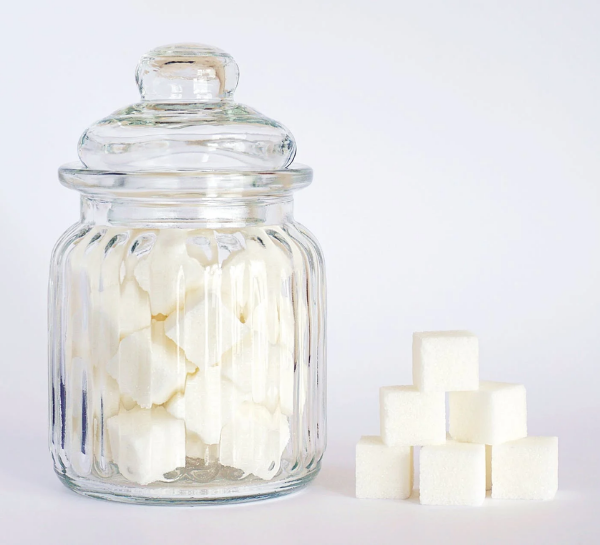
When you experience nausea, bloating, or other harmful impacts while taking stevia, then you must stop using it. Also, consider contacting your doctor to prevent complications.
What Are The Side Effects Of Stevia?
The following are some of the possible adverse effects of stevia intake:
- Kidney damage
Stevia is a diuretic, which means it speeds up the body to excrete water and electrolytes via urine. Because the kidney filters and produces urine, experts first believed that long-term stevia intake might harm the organ.
- Gastrointestinal symptoms
Most stevia products include sugar alcohols, which might induce unpleasant sensations in the chemically sensitive.
- Allergic reaction
There are only a few recorded instances of stevia allergy, according to a 2015 review trusted source. The FDA and the European Commission found that the number of people who are hypersensitive to stevia or at risk of developing an allergic reaction to it is minimal.
- Hypoglycemia or low blood sugar
Although stevia may assist persons with diabetes in maintaining their blood sugar, it has initially been considered that long-term or excessive stevia usage could lead to hypoglycemia or low blood sugar.
- Low blood pressure
Stevia induces vasodilation, which causes blood arteries to open and lowers total blood pressure. Moreover, specialists have only looked at the possible beneficial elements of its usage.
There’s concern that raw stevia herb may harm your kidneys, reproductive system, and cardiovascular system. It may also drop blood pressure too low or interact with medications that lower blood sugar.
Comment below to share your thoughts and don’t miss our blog on ways to improve mood instead of giving in to sugar cravings. Also, check the 1800 Calorie Diabetic Diet to manage your diabetes.
